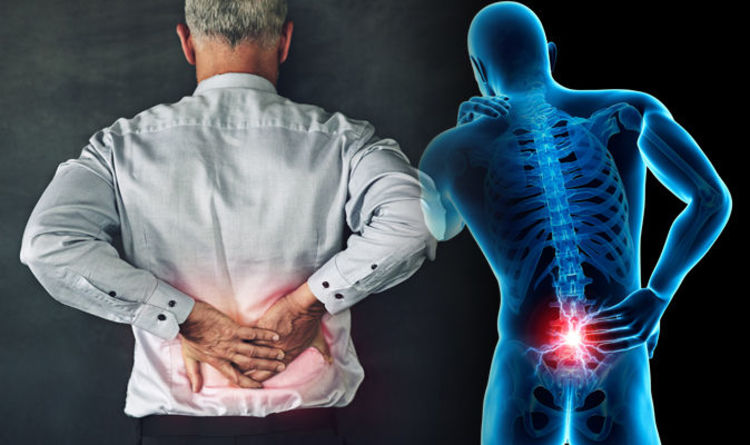2639 Alta Vista Dr, Unit C
Physiotherapy Clinic and Rehab Center
-
Call for help: 613-737-7463
-
Physiotherapy Clinic and Rehab Center
Call for help: 613-737-7463

Misinterpreted as well as mismanaged, lower back pain is a significant cause of agony and distress for many across the world. Though common and recurrent in nature, it is definitely not very severe. Before we learn about how physiotherapy aids in treating back pain, here’s the up-to-date knowledge on the ailment.
Strenuous physical activity can result in stretching or tearing of muscles and ligaments in the lower back. It is usually characterized by pain and soreness in the affected area, and even, muscle cramps.
As we age, the risk for the discs in the back to get injured, increase. Some frequent disc injuries include a herniated disc and compression of the nerve root. They occur unexpectedly after lifting something or twisting the back. The pain can usually span across for more than 72 hours.
Sciatica generally follows when the herniated disc presses on the sciatic nerve. Since the sciatic nerve links the spine to the legs, this ailment can cause shooting pain in the legs as well.
This condition is identified by narrowing of the spinal column that applies pressure on the spinal cord and spinal nerves. Spinal Stenosis is a common development of degeneration of the discs between the vertebrae. Its symptoms tend to worsen while standing or walking.
Scoliosis, kyphosis, and lordosis result in abnormal curvatures in the spine. These ingrained conditions are first diagnosed when patients are children or teenagers. The curvature puts pressure on the muscles, tendons, ligaments, and vertebrae causing pain and feeble postures.
Conditions like arthritis, fibromyalgia, spondylitis, osteoporosis, and spondylosis comprise factors that generate lower back pain symptoms.
One of the major symptoms is an ache in the lower side of the back that sometimes even travels to the buttocks and legs. The pain usually goes away without any medical treatment, but if it is persistent with the following symptoms, you need to see a doctor:
To lower the risk of developing back pain include the following factors:
Early treatment that focuses on exercise, mechanics, and posture is the key to reducing your pain and returning to an active lifestyle. To relieve your lower back pain, a physical therapist will design a treatment plan pertaining to your explicit problem, based on a systematic investigation. The sooner you visit the physiotherapist, the more effective will be the treatment. Based on your examination, the best treatment for lower back pain shall revolve around the following:
If you are undergoing lower back pain, then book an appointment with us at Prime Physio Plus Physiotherapy Clinic without any further delay.
Luke Smith
I like that you pointed out how early treatment that focuses on exercise, mechanics, and posture is the key to reducing your pain and returning to an active lifestyle. My lower back has been aching for quite a while now, so I think I need to seek treatment for it. I heard stress reduction could actually work, so maybe I should try it out.